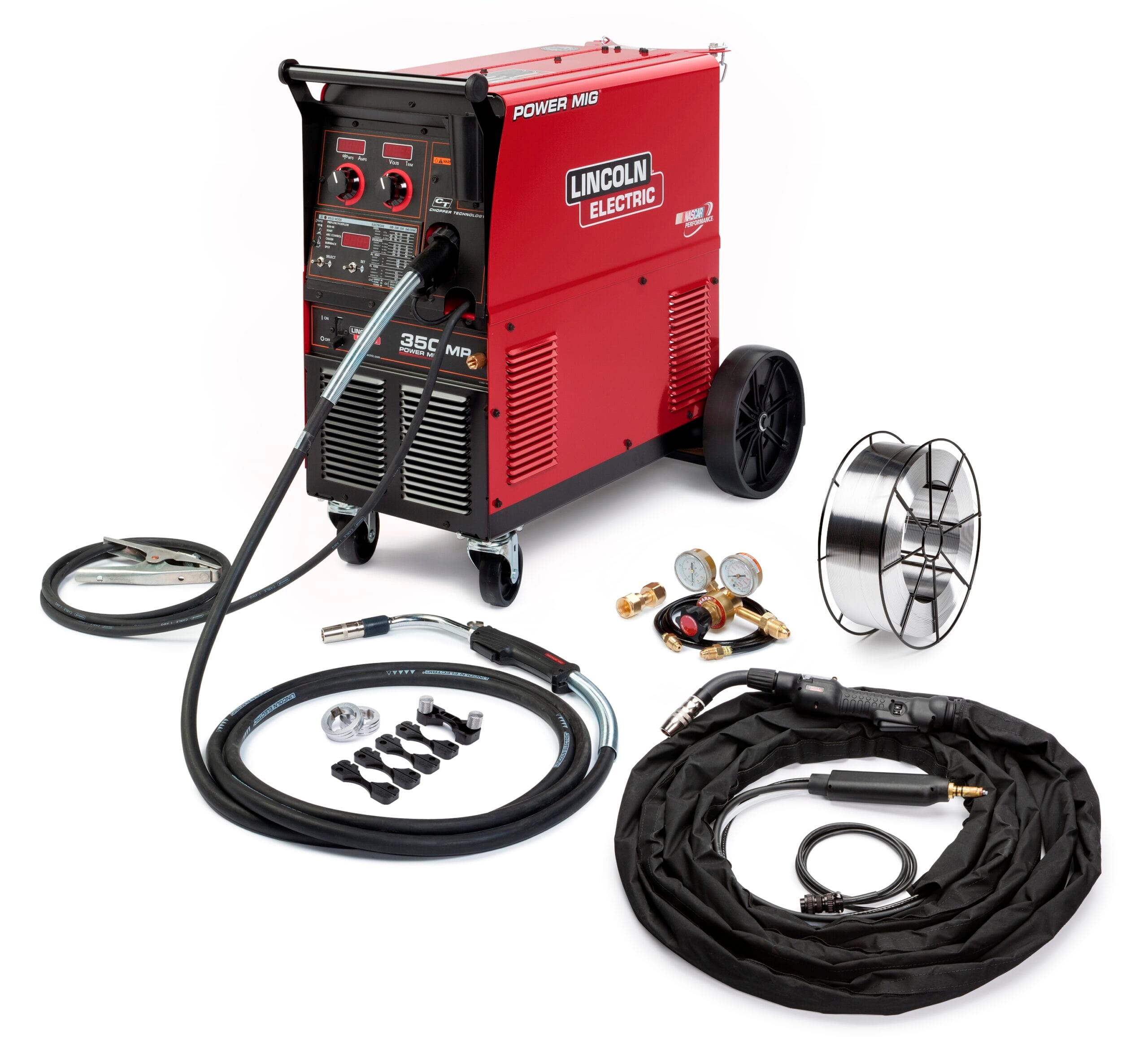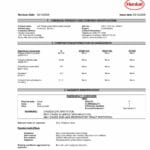Grab your welding torch and get ready to tackle aluminum welding like a pro! This comprehensive guide unveils the secrets of Gas Metal Arc Welding (GMAW) for aluminum, from material preparation and equipment setup to mastering techniques for strong, flawless welds. Whether you’re a seasoned welder or just starting, this guide equips you to conquer aluminum’s unique challenges and unlock its full potential.
Streamlining Your Aluminum Welding Setup
Just like preparing ingredients for a recipe, prepping your aluminum is crucial for a successful weld. Skipping these steps can lead to a weak or messy weld, so let’s get it right:
Preparing Your Materials
Surface Cleaning: Aluminum forms a tough oxide layer that melts at a higher temperature than the base metal. This can cause weak, porous welds if not removed. Scrub the surface with a stainless steel wire brush (never one used on steel to avoid contamination!) or a chemical cleaner designed for aluminum. This ensures a pristine surface for welding.
Filler Wire Selection: The filler metal needs to be compatible with the aluminum alloy you’re welding. Common choices are ER4043 (often preferred for non-structural welds) and ER5356 (stronger, better for structural applications). Double-check which one best suits your specific project.
Shielding Gas Choice: Shielding gas protects the molten weld from atmospheric contamination. Pure argon is a versatile option, while adding helium can improve penetration and welding speed. The optimal mix depends on the aluminum alloy and material thickness.
Mastering Essential GMAW Aluminum Welding Techniques
Mastering these techniques is essential for achieving flawless welds:
Executing the Weld
Push Angle: A slight push angle (around 10-15 degrees) helps move the molten aluminum and oxide layer ahead of the weld, creating a cleaner, stronger joint.
Travel Speed: Maintaining consistent travel speed—not too fast, not too slow—creates a smooth, uniform weld bead. Too slow risks burn-through; too fast might result in inadequate fusion.
Machine Setup: Correct voltage and wire feed speed depend on the aluminum thickness and desired weld. A welding parameter chart can be invaluable for finding recommended settings for different scenarios.
Troubleshooting Common GMAW Aluminum Welding Issues
Even experienced welders encounter problems. Here’s how to diagnose and fix common GMAW aluminum welding issues:
Identifying and Resolving Problems
Porosity (Holes): Porosity often stems from impurities or insufficient shielding gas. Ensure materials are clean and the gas flow is correct. Even a slight breeze can introduce contaminants, so a welding screen might be helpful.
Burn-through: Burn-through results from excessive heat, melting through the metal. Try lowering the amperage or increasing travel speed.
Lack of Fusion: This occurs when there isn’t enough heat to melt the base metal and filler properly. Try increasing the amperage or adjusting the welding angle for better penetration.
Prioritizing Safety in GMAW Aluminum Welding
Welding can be hazardous without proper precautions. Always prioritize safety:
Ensuring a Safe Welding Environment
Eye Protection: A welding helmet with the correct shade number for GMAW aluminum welding is essential for protecting your eyes from intense UV radiation and sparks.
Hand Protection: Welding gloves protect your hands from heat and burns. Ensure a good fit and adequate dexterity.
Ventilation: Welding fumes can be harmful. Ensure adequate ventilation, possibly using a fume extractor.
General Safety Practices: Wear appropriate clothing (avoid synthetics!), keep a clean and organized work area, and secure long hair.
Tips for GMAW Aluminum Welding Success
These tips can help you refine your skills and achieve mastery:
Enhancing Your Welding Skills
Practice: Welding takes practice. Don’t be discouraged by initial imperfections. Consistent practice will lead to improvement.
Experimentation: Experiment with different techniques and settings to find what works best for you.
Seeking Guidance: Learn from experienced welders, online forums, or classes. This can accelerate your progress and introduce new possibilities.
Can you weld aluminum with GMAW?
Yes, you can weld aluminum with GMAW (Gas Metal Arc Welding), often called MIG (Metal Inert Gas) welding. GMAW offers speed and efficiency for aluminum welding, but requires specific techniques and equipment to manage aluminum’s unique properties. Aluminum’s high thermal conductivity and lower melting point demand precise heat control. Its reactivity with oxygen necessitates thorough cleaning and proper shielding gas (like 100% argon or an argon/helium mix). A spool gun is essential for feeding soft aluminum wire smoothly, preventing “birdnesting.” Mastering aluminum GMAW involves using the correct filler wire (ER4043 or ER5356), employing a push angle, and maintaining a consistent travel speed. While GMAW is generally easier to learn than TIG (Tungsten Inert Gas), achieving high-quality aluminum welds with GMAW requires practice and attention to detail.
For deeper insights into economic growth and its relationship with individual income, explore our guide to gdp pmv. And for those managing diabetes, our resource on glucommander offers comprehensive information.
Is GMAW the same as MIG?
GMAW (Gas Metal Arc Welding) and MIG (Metal Inert Gas) are often used interchangeably, but there’s a subtle difference. GMAW is the official, broader term, while MIG is a colloquialism, primarily used in the US, for GMAW using inert shielding gases (like argon or helium) typically used for non-ferrous metals like aluminum. GMAW also encompasses MAG (Metal Active Gas) welding, which uses active shielding gases (like CO2) for ferrous metals like steel. So, while MIG is a type of GMAW, GMAW isn’t always MIG. Understanding this distinction helps welders choose the appropriate process and shielding gas for their specific project, optimizing weld quality and efficiency.
What polarity is GMAW aluminum?
Aluminum GMAW requires Direct Current Electrode Positive (DCEP) polarity. DCEP creates a cleaning action, where the positive electrode attracts electrons from the aluminum, effectively removing the oxide layer that hinders proper welding. Using the wrong polarity (Direct Current Electrode Negative or DCEN) results in poor penetration, excessive spatter, and a weaker, contaminated weld. Even with DCEP, thorough cleaning of the aluminum surface is essential. While DCEP is standard, pulsed GMAW offers additional control over heat input and can enhance weld quality further. Cleanliness and correct polarity are paramount for achieving strong, defect-free aluminum welds with GMAW.
- Unlock Water’s Symbolism: A Cross-Cultural Exploration - April 20, 2025
- Identify Black and White Snakes: Venomous or Harmless? - April 20, 2025
- Unlocking Potential: Origins High School’s NYC Story - April 20, 2025
















2 thoughts on “GMAW Aluminum Welding: The Ultimate Guide to Troubleshooting and Mastering the Process”
Comments are closed.